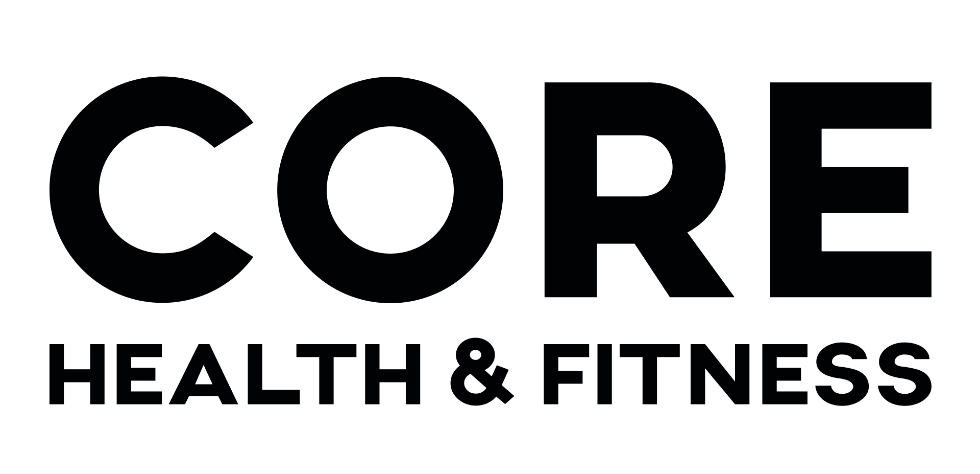Student wellness is among a University’s top concerns. There are many varied approaches to improving student wellness, and even more definitions of what actually constitutes student wellness. While there are no perfect answers, there are some perfect examples of Universities who have committed to leading the way in innovative and comprehensive student wellness plans. One such example is Georgia Tech University and their GTLyfe program. We had the opportunity to speak with Georgia Tech’s Associate Director of Health Lifestyle Programs Caroline Dotts about the program, how they define wellness and how they plan to improve student wellness on their campus.
“For Georgia Tech, we use a robust strategy model to define health and well-being on our campus. This strategy model identifies our population (undergrads, grads, faculty, and staff), our 5 dimensions of well-being (physical, social, emotional, professional, and spiritual), and the 5 levels of change in which they occur (personal, interpersonal, organizational, environmental, and policy). Our strategy model points to our tagline, “Smart & Happy”, and our vision is that Georgia Tech students and employees will flourish and be fulfilled individually and within our communities where we live, learn, work, and play.
We firmly believe that healthy, active lifestyles contribute significantly to a long, healthy life. Creating a firm foundation for our students during these crucial, formative years will impact their entire life. We have 10 years of turnstile data that shows a positive correlation between frequent visits to the CRC and higher GPA, retention, and graduation rates. We want to dig further into that data to see where our students are engaged beyond the turnstile. This information will drive future decisions on programs, services, facility amenities, and more as we understand how and why our facility is used. Our hope is this integrative platform reduces barriers for students (and employees) to focus on their health and well-being during a time when schedules are packed, stress levels are high, and mental health is at risk.”
Caroline went on to explain the GTLyfe program, a tool they are implementing to help students manage their own wellness.
“The GTLyfe program is an interactive platform that takes into account a student’s schedule, personal preferences for recreation, and other data points to help them form a “smart”, integrated schedule. One piece of the GTLyfe platform is the CRC pilot, which integrates a student’s schedule, workout preferences, and equipment availability (in near real time) data to provide a customized reminder to schedule their fitness plans for the day or week. Essentially, the GTLyfe app suggests times to go to the CRC for their workout based on machine availability, whether or not their friends are there and/or on their way, and stay on target to meet their goals for the week.
We approached Core Health & Fitness with our pilot to see how we could further integrate the platform and technology within the machines themselves. For the current pilot, the GTLyfe app uses sensors on all of our cardio equipment to send signals to the app if a cardio machine is in use. This signal populates a digital map that can be accessed by the user at any time to see the availability of any given machine at any time the fitness floor is open. However, the sensors are limited and have presented some challenges to the Cytilife and CRC teams – for instance, if a machine is out of order for some reason, the sensor would still show that machine as available, and therefore someone might show up during a busy time thinking a machine is available when in reality it is down for repairs. By integrating the actual GTLyfe platform into Core’s cardio equipment (and more precisely into their open API platform), we eliminate the need for the sensor in the first place. This saves us money and also more accurately reports the status of a machine. It also allows the CRC team a deeper insight into machine usage and other analytics, which were previously recorded through manual efforts. We will test the integration of the GTLyfe app on a Core Health & Fitness treadmill and stair climber in early 2018.”
To implement these new GTLyfe features, Georgia Tech has been working with John Brey, Education Market Manager for Core Health & Fitness. “We are excited to be working with Georgia Tech on solutions for providing valuable equipment availability information to the users and analytics to the administration,” added Brey. “It is a great showcase for the versatility of our OpenHub system that we can provide up to date information on equipment availability, usage data, and maintenance needs.”
Reach out to one of our Education Specialists on how we can help you create a healthy culture for your University.







